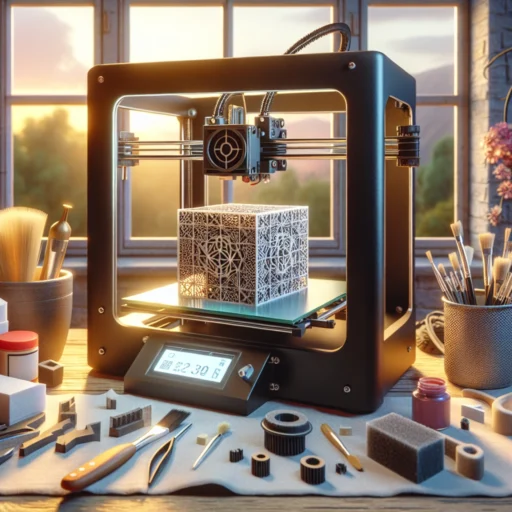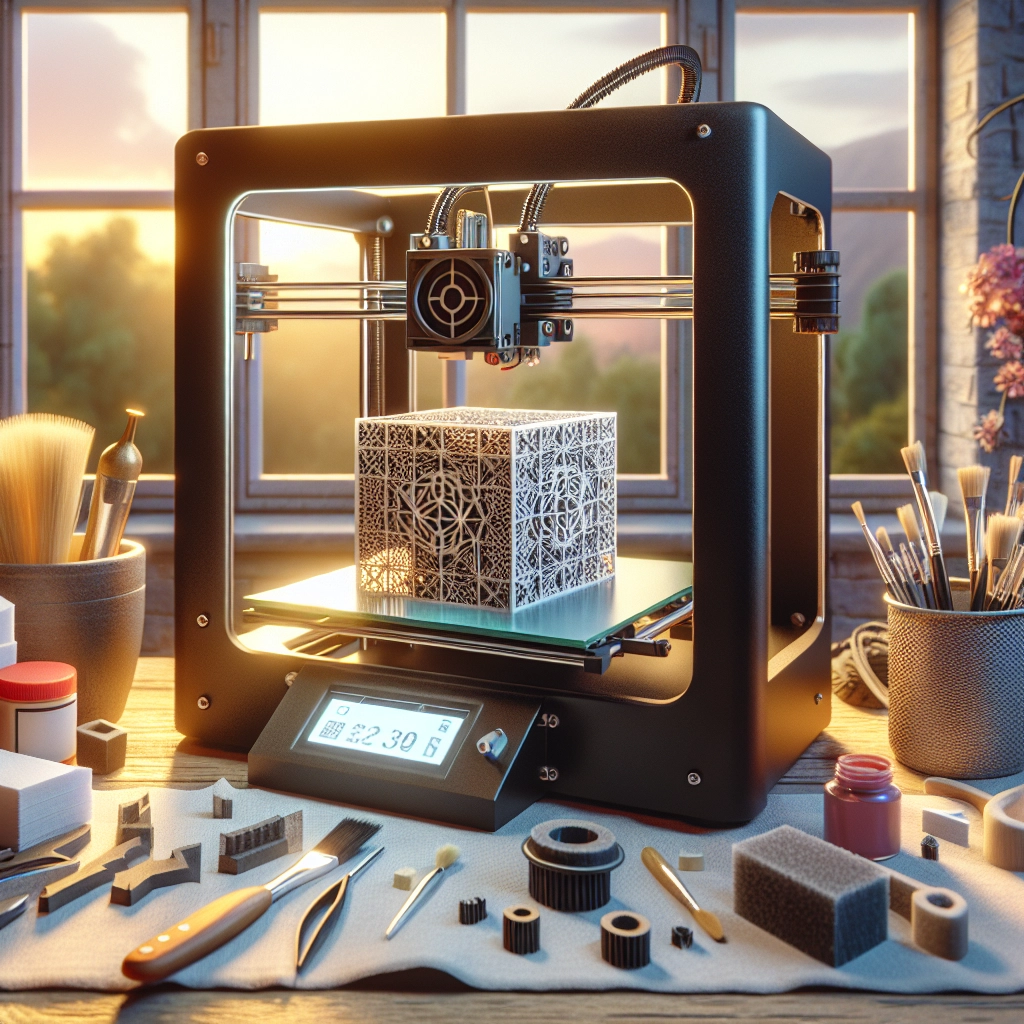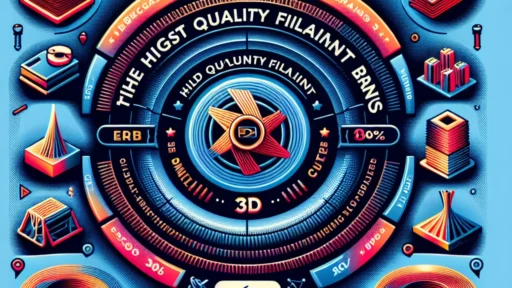Mastering the Art of Post-Processing in 3D Printing
If you’ve dived into the world of 3D printing, you’ve already taken the plunge into an exciting realm where creativity and technology intersect. You’ve designed or downloaded a model, printed it, and then there’s that moment where you hold the freshly printed object in your hands. But if you’ve just finished printing your masterpiece, you might be wondering: what’s next? Enter the magical world of post-processing!
Post-processing in 3D printing isn’t just about cleaning up the object; it’s your opportunity to take a good print and transform it into something extraordinary. It’s similar to a painter applying their final brushstrokes to a canvas, or a sculptor polishing their work of art. Let’s explore some techniques and tips for mastering this crucial step!
Cleaning and Removing Supports
One of the first things you typically need to do after printing is remove any support structures. If you printed a complex model, chances are high that it required some supports to ensure edges and overhangs stayed intact during the printing process. Removing these supports can sometimes be a bit like unwrapping an intricate gift.
For objects with intricate designs, tweezers and pliers come in handy. Be gentle, though; you don’t want to ruin your print by ripping off important parts. After you’ve removed supports, wash the print in warm soapy water to eliminate any leftover residue or sometimes even stubborn support material. This preliminary step sets the stage for everything to come next!
Smoothing Surfaces
After cleaning, you might be looking at layer lines and surface imperfections. Depending on your material—be it PLA, ABS, PETG, or something with more exotic characteristics—there are various methods you can use to achieve a smoother finish.
-
Sanding: This classic technique can work wonders. Start with a coarser grit sandpaper and work your way up to a finer grit. A tip? Wet sanding can minimize dust and help provide a more polished finish.
-
Chemical Smoothing: If you’re working with ABS, consider using acetone. Submerging your print in a vapor of acetone can create a smoother surface by slightly melting the outer layer. Just remember to do this in a well-ventilated area and take proper safety precautions!
-
Heat Gun: Another option is using a heat gun, which can melt and smooth the surface of certain materials. Similar to chemical smoothing, it requires caution and control, as it’s all too easy to accidentally warp your print.
Painting and Finishing
Now that your print is nice and smooth, why not add some color? Painting adds a whole new dimension to your 3D-printed creations. You can go for a straightforward spray paint, or you can use brush-on paints for detailed work.
Before painting, prime the model with a spray primer designed for plastics. This helps the paint adhere better and helps in revealing any imperfections that may need more smoothing. Once primed, unleash your inner artist! Layering colors can bring depth to your prints, and using weathering techniques can give your model a realistic vibe.
Don’t forget sealants! Applying a clear coat can protect the paint from scratches and give it a beautiful finish—glossy or matte, the choice is yours!
Assembling and Functional Post-Processing
If your project consists of multiple parts, post-processing also includes the process of assembly. Depending on your design, you might need to incorporate glues or screws to bring everything together.
For more advanced projects, consider integrating functional post-processing techniques like electronics installation, LED lighting, or even mechanical moving parts. This can really elevate your model from just a display piece to an interactive, functional object.
Experiment and Enjoy!
What’s truly rewarding about post-processing is that it gives you the freedom to experiment. Whether you’re a beginner or an experienced 3D printing enthusiast, don’t be afraid to try out different techniques. Each print is an opportunity for you to learn and improve your skills.
As you navigate through this post-processing journey, remember that practice makes perfect. Take your time, enjoy the process, and don’t be afraid to allow your creativity to shine. Eventually, those intricate details and finishing touches will translate your prints from simple objects into striking works of art. Happy printing, and happy post-processing!






